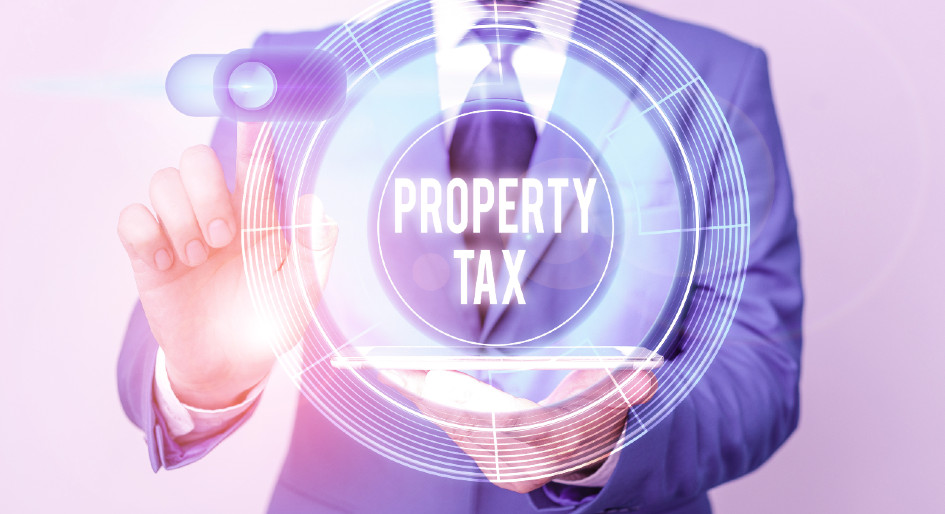Property tax relief could be short-lived for New Brunswick’s commercial and industrial ratepayers. Beginning in 2023, municipalities will have flexibility to pull more revenue from their non-residential tax base, potentially cancelling out a phased 15 per cent reduction in the provincial property tax rate that was introduced earlier this year.
“The provincial tax rate in New Brunswick was the highest in Canada. It was offside,” says André Pouliot, senior manager, property tax, with the Atlantic Canada based real estate advisory firm, Turner, Drake & Partners. “Basically, 50 per cent of the (property) taxes you paid in New Brunswick went to the province.”
That’s a burden assigned to residential landlords, commercial and industrial property owners since owner-occupiers of residential properties have long been exempt from the provincial levy. Notably, non-occupier-owned residential properties are now in line for a phased 50 per cent provincial tax cut, to be complete by 2024, in tandem with the phased 15 per cent decrease for non-residential properties.
Meanwhile, the provincial property tax reduction is one of just three new measures the New Brunswick government adopted in a roughly six-month period between December 2021 and June 2022. Last fall, it stretched the allowable residential-to-non-residential property tax ratio from the traditional 1-to-1.5, giving municipalities leeway to tax non-residential properties at anywhere from 1.4 to 1.7 times the residential rate.
This spring, it carved out a new heavy industrial tax class encompassing a range of defined activities such as manufacturing, mining, milling, electricity generation, oil/natural gas extraction, processing and storage, along with the manufacturing/processing of “products, material or substances” and other uses that might be prescribed in future regulations. This allows for the application of differing tax rates on heavy industrial versus commercial/light industrial properties, although the latter uses will be taxed at the heavy industrial rate if they are located on an integrated campus with heavy industrial activities.
Municipalities will have these new taxing opportunities in place for the 2023 tax year, presenting the possibility that some non-residential ratepayers could see further tax relief if local councils opt to adjust the rate down to 1.4. However, most informed observers suggest that won’t be the prevailing trajectory. Pouliot also notes that New Brunswick’s residential-to-non-residential ratio is deceptive in the context of national surveys that peg the average discrepancy much wider — for example, at 2.73 times the residential rate in 2021.
“1.5 times is actually a pretty competitive multiplier if you look at it compared to other jurisdictions, but when you factor in that non-residential pays provincial taxes and homeowners don’t, the multiplier ends up being close to three times,” he advises.
New tax class creates uncertainty around a peculiar assessment rule
Creation of the new heavy industrial tax class is seen as a response to active lobbying from the City of Saint John. Elsewhere, Pouliot speculates most municipalities wouldn’t derive a lot of extra revenue from singling out such properties for a steeper tax allocation. Alternatively, it might be used as a means to give those industries a tax break compared with commercial/light industrial properties.
In an online commentary following the early June introduction of the enabling legislation, Rob Newman, director of property tax with Altus Group in New Brunswick, expressed trepidation about the provincial government’s ability to designate further categories of property as heavy industrial through future regulations. He called that particularly egregious in combination with one of the marked peculiarities of New Brunswick’s property assessment system, which does not provide an avenue to challenge the property classification once assessors have established it.
“In essence, anything can be prescribed as heavy industrial at the province’s discretion. The bill is extremely open-ended and affords much power to municipalities and the province,” Newman maintained. “Yet, in New Brunswick, according to the Assessment Act, classifications cannot be questioned or reviewed in any court, leaving taxpayers at a real disadvantage.”
“It’s completely unreasonable,” Pouliot concurs. “In a system where the government determines the value, the government determines the tax class and the onus is on property owners to prove they’re right if they challenge that, it’s absurd that they can tell you: This is your class and you don’t have any recourse to disagree.”
That said, the language in the Assessment Act refers to whether a property is deemed residential or non-residential so he interprets that as a potential opening to appeal wrongful categorization within what are now two non-residential classes. “If you’re a commercial owner who ended up in the heavy industrial class for some reason, you should be rightly entitled to take it to a hearing,” Pouliot submits.
As municipalities get leeway to collect more revenue from non-residential property owners, it hasn’t yet been made clear how the province will recoup the property tax it will be foregoing. “Do they collect more income tax? Is it carbon tax that they’re going to use to offset it? We don’t know what the future looks like,” Pouliot says.
The New Brunswick government has historically redistributed some of its share of the levy as equalization grants to assist municipalities where the per capita value of their assessment base falls below a certain threshold. This year, $53.2 million in equalization grants were paid out to 68 municipalities in sums ranging from a few thousand dollars to upwards of $15 million for Saint John. A pullback from the practice would likely be more encouragement for municipalities to push their non-residential tax rates up above 1.5.
“The question would be whether the municipalities that get equalization would get enough to cover it from that multiplier change or whether they would have to increase the base rate as well. Under that scenario, homeowners and businesses would be paying more, and non-residential would get hit on both the base rate and the tax rate,” Pouliot muses.






